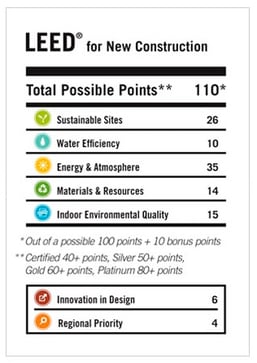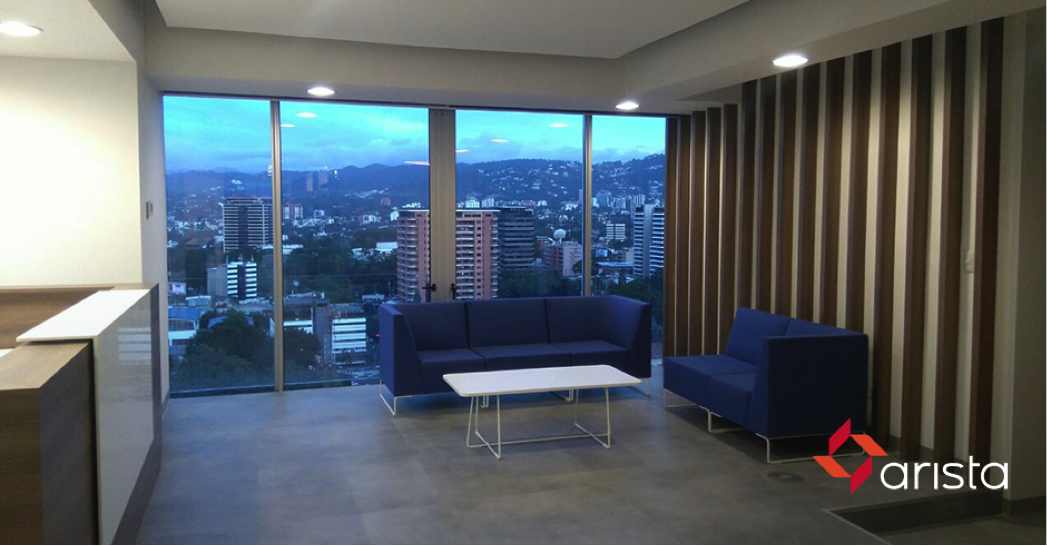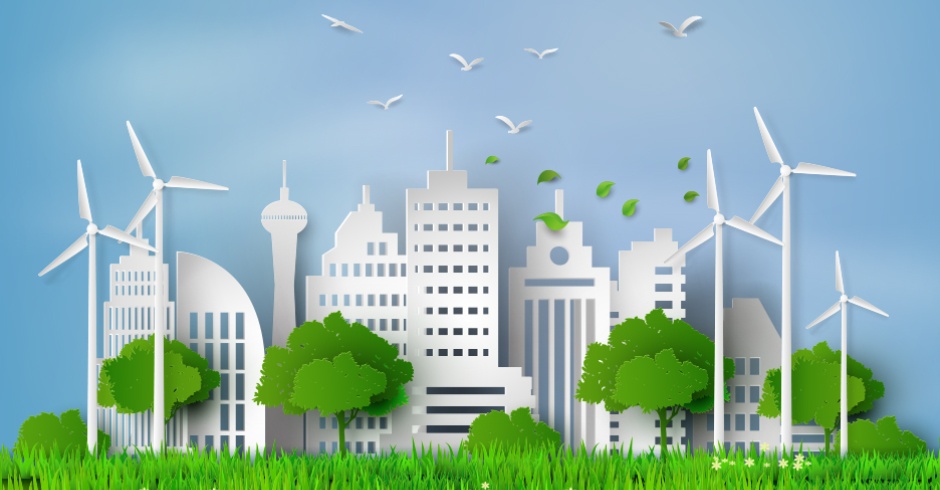.png)
Blogs (EN) /
What you do not know about the Leed and Well certifications to achieve a sustainable real estate project
The high levels of pollution, natural disasters and social unconsciousness have generated a great need to implement mechanisms that reduce damage and help the environment to be conserved in a better way.
As we have said on other occasions, the task of ensuring a better world is everyone's obligation, including, of course, small, medium and large buildings.
That is why global organizations have developed certifications that guide buildings to be more careful and sustainable, these certifications are called Leed and Well. Learn more about them in our blog.
Leed Certification
The LEED certification (Leadership in Energy & Environmental Design) is a system created in 1993 by the US Green Building Council, in which the buildings involved are verified and evaluated according to their design and construction in relation to sustainability criteria.
This certification facilitates the implementation of practical solutions for the improvement of the building's impact on the environment and thus achieve a green category construction.
The qualification criteria are based on 7 areas. The certification will be delivered if the buildings comply, they satisfactorily complete all aspects to be evaluated:
- Sustainable site: location of the construction, the impact of the building on the ecosystems of its environment. The Leed certification deals with the way to promote good management and avoid buildings in places that are in totally natural spaces.
- Efficiency of water consumption: encourage the use of water both inside and outside the facilities, implementing mechanisms such as wastewater treatment and reuse systems.
- Energy use: emphasizes the use of energy and its variations. The Leed certification guides buildings towards the use of different sources of energy, such as the use of natural lighting, renewable energy sources and solar panels and of course, it deals with the way of reporting on harmful substances that enhance the greenhouse effect and damage the ozone layer.
- Materials and resources: evaluation of the resources and waste that the company generates. Urges companies to implement recycling, reuse and reduction processes.
- Indoor environmental quality: condition of the internal facilities of the building and quality with the collaborators, as well as the use of natural forms of air intake and lighting to the enclosure.
- Novelties in design: this category provides scores to companies that use inventions that significantly improve the performance of the building.
- Regional priority: this recognizes the projects that have a responsibility with the environmental problems that afflict the area where they are located.
 Image: USGBC
Image: USGBC
According to the United States Green Building Council (USGBC), a building with LEED certification reduces energy use between 30% and 70%, from 30% to 50% of water, between 50% and 90% of the cost of waste, and 35% of CO2 emissions.
Well Certification
This certification is completely linked to the LEED certification, so much so that one complements the other.
The Well certification is managed by the International Well Building Institute. This is responsible for ensuring compliance with appropriate standards for the welfare and health of employees.
Like the LEED certification, for a building to be considered eligible for this certification, it must comply with the approval of 7 areas:
- Air: This area ensures the reduction and elimination of contaminants that are found in the environment and that may be harmful to the employees of the building or work area.
- Water: Treatment, filtration and a strategic location for obtaining water is also a highly significant point for certification.
- Light: Use of natural light and correct use of artificial light.
- Food: Provide collaborators with healthy eating options that help maintain optimal health status.
- Comfort: Facilities that promote comfort, acceptable acoustics and ergonomics in work spaces.
- Exercise: Promotion of physical activities for the development of a healthy life.
- Mind: Search for mental and emotional well-being of employees.
As we commented, the two certifications are complemented completely, both are focused on the search and improvement of buildings and work spaces to find a balance and a wellbeing both in the environment and in the collaborators of the organization.
.png)


